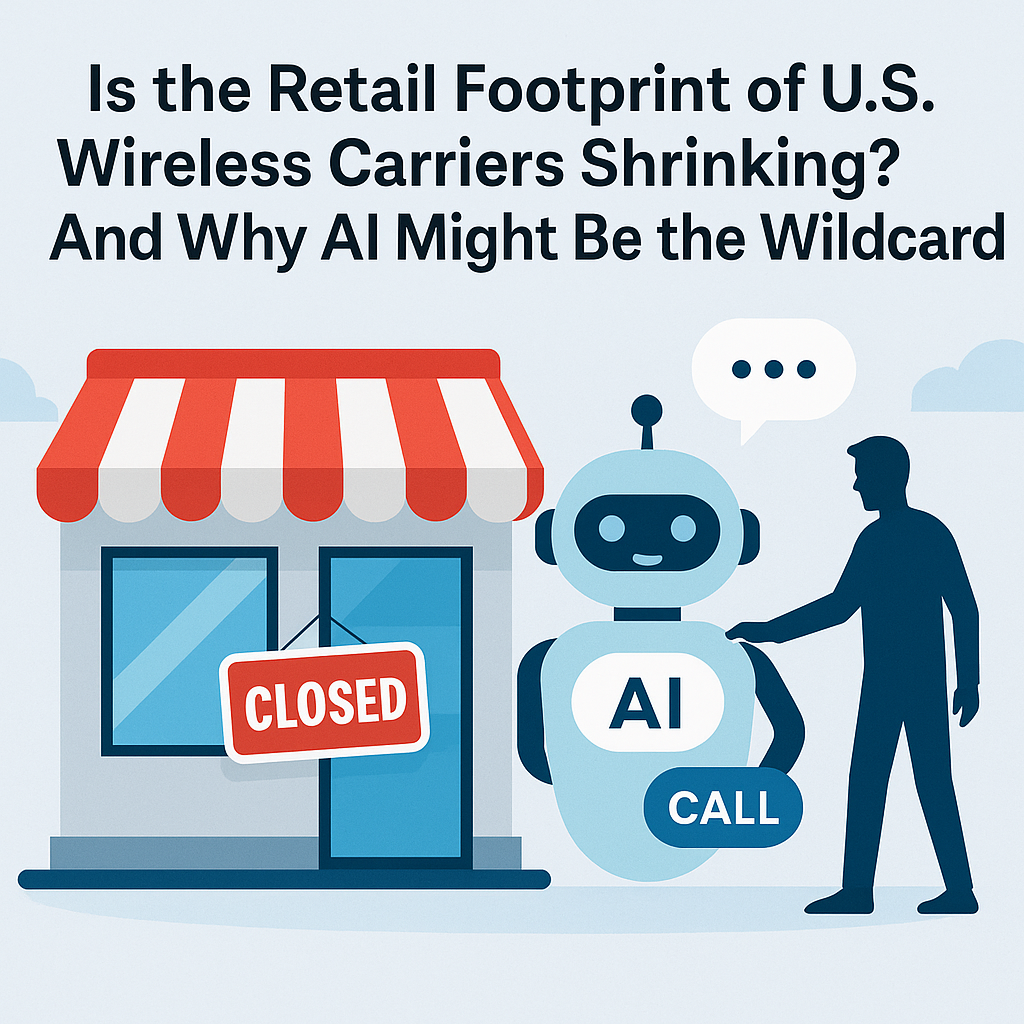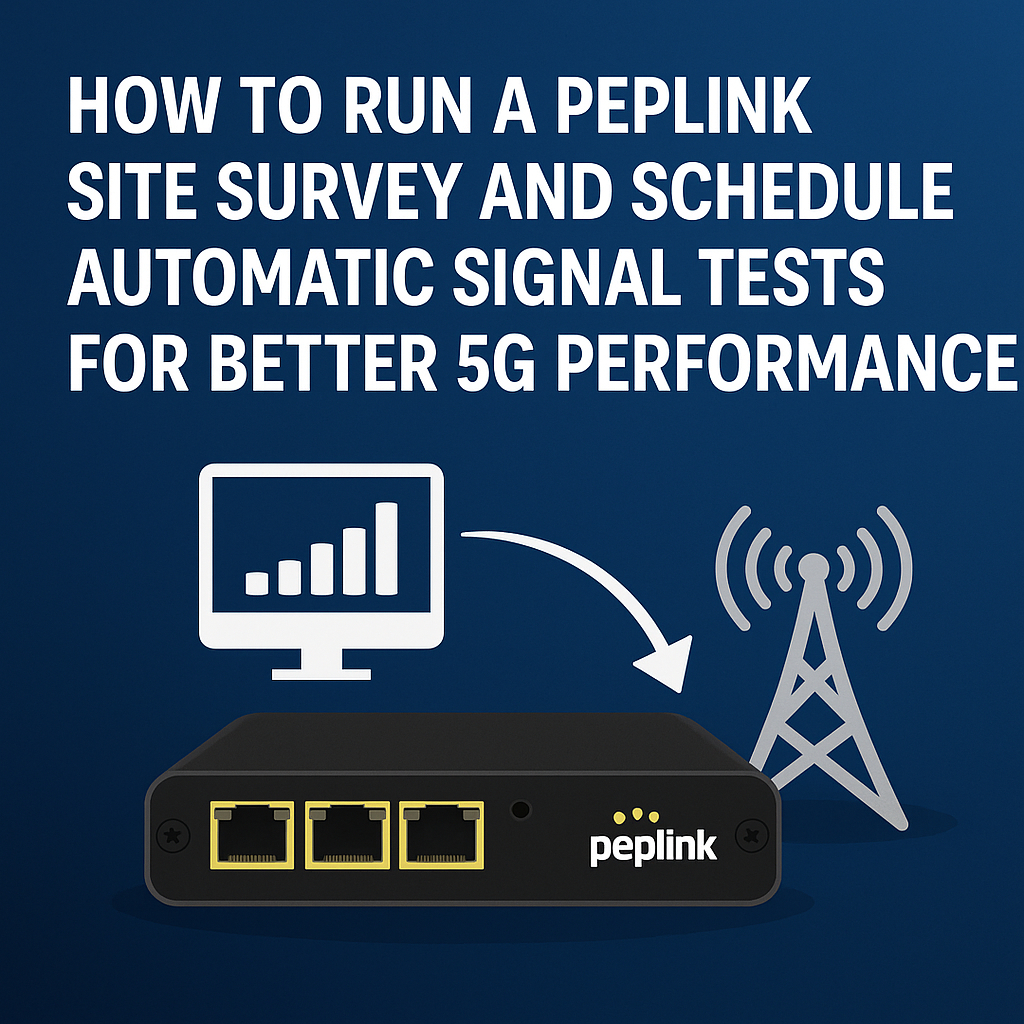Amazon Leo: What Amazon’s New Name Means For LEO Satellite Internet (And How It Stacks Up To Starlink) Amazon just retired the “Project Kuiper” code name and officially rebranded its satellite broadband effort as Amazon Leo. The new name is a nod to low Earth orbit (LEO), the slice of space a few hundred kilometers above Earth […]
Cradlepoint NetCloud Package Comparison Made Easy
NetCloud Service by Ericsson Cradlepoint is a cloud-managed platform for their Wireless WAN solutions. This versatile system centralizes device orchestration, security, and lifecycle services for 5G and LTE routers and adapters. This article focuses on Cradlepoint NetCloud package comparisons. Packages include Mobile and Mobile Performance; Ruggedized IoT and IoT; Enterprise Branch; Small Branch; and Branch […]
Verizon and T-Mobile Shrink Retail Footprints: How AI Customer Service Could Reshape the Wireless Experience
Carrier Retail Is Shifting: What Verizon’s Rumored Store Closures—and T-Mobile Chatter—Mean for Customers, Partners, and AI-Driven Support If you follow wireless retail, you’ve probably seen reports that Verizon may be preparing for layoffs and brick-and-mortar store closures as it doubles down on digital and AI-enabled customer service. While nothing has been officially confirmed, multiple credible […]
Teltonika eSIM Bootstrap Setup Guide: Seamless Activation and Management for Industrial IoT Routers
A common initial hurdle for industrial IoT fleets is the complexity of SIM provisioning, which can delay deployments and inflate on-site expenses. This guide reveals how Teltonika Networks’ embedded SIM Bootstrap profile provides instant network access, zero-touch activation, and remote management via RMS, empowering your routers from day one. You’ll learn what a bootstrap profile […]
Starlink Promo: Free Hardware and Free Installation, Check Your Address to Qualify
If you’ve been waiting for the right moment to try Starlink for home internet, this might be it. In select areas, Starlink is offering no upfront hardware cost and free professional installation for new Residential customers. Eligibility is based on your service address, so the first step is simple: enter your address on Starlink’s website to see what you […]
US Agencies Weigh Ban on TP-Link Routers: What Consumers and IT Teams Should Do Now
Over the past few days, several U.S. federal agencies have reportedly signaled support for a Commerce Department proposal that could restrict future sales of TP-Link routers in the United States, citing national-security and supply-chain risk concerns. This is not a finalized ban. Instead, it’s an early regulatory step that may lead to formal notice, a company response period, and […]
AT&T 5G Standalone Nationwide Launch: Benefits, Network Slicing, and Future Services Explained
AT&T’s activation of its fully independent 5G Standalone (SA) network across the United States marks a turning point in wireless connectivity by decoupling from legacy 4G LTE infrastructure. This deployment delivers immediate gains in latency, throughput, and network reliability while laying the groundwork for customized network slicing and advanced edge services. In this announcement, we […]
How to Run a Peplink Site Survey and Schedule Automatic Signal Tests for Better 5G Performance
When installing or maintaining a Peplink router, one of the most powerful (and often underused) features is the Site Survey. This tool lets you measure the strength and quality of LTE and 5G signals from all nearby carriers — even if you don’t have active SIM cards for them. A site survey helps you choose the […]
Peplink Company Background and Product Evolution: How Peplink Got Started and Developed Its SD-WAN Solutions
Peplink’s journey began with a clear mission: deliver unbreakable connectivity across fixed and cellular links to eliminate downtime and accelerate digital transformation. Early adopters faced network bottlenecks and unpredictable outages when juggling multiple WAN connections; Peplink answered by inventing multi-WAN routers that bonded DSL, cable, and cellular links. In this article, you will discover Peplink’s […]
Channel Conflicts: When Distributors Own Resellers
Is It Ethical for Distributors or Manufacturers to Own (or Partially Own) Their Resellers and Up-Channel Partners? In many industries, the supply chain is assumed to be a meritocratic playing field: manufacturers create products, distributors move and stock them, and resellers deliver them to end customers with service and expertise layered on top. Each tier […]








